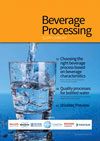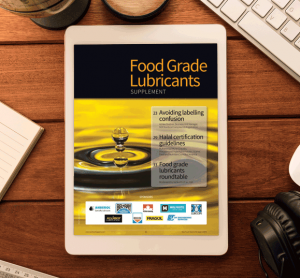Fresh produce rejections at EU border inspection posts
4 November 2013 | By Sigrid Van Boxstael, Liesbeth Jacxsens & Mieke Uyttendaele, Department of Food Safety and Quality, Ghent University
The consumption and coincident international trade of fresh produce has strongly increased during the last few decades. At present, the EU is one of the largest importers and exporters of fresh produce in the world. Despite the beneficial health effects of fresh produce, there is a growing awareness concerning its…




